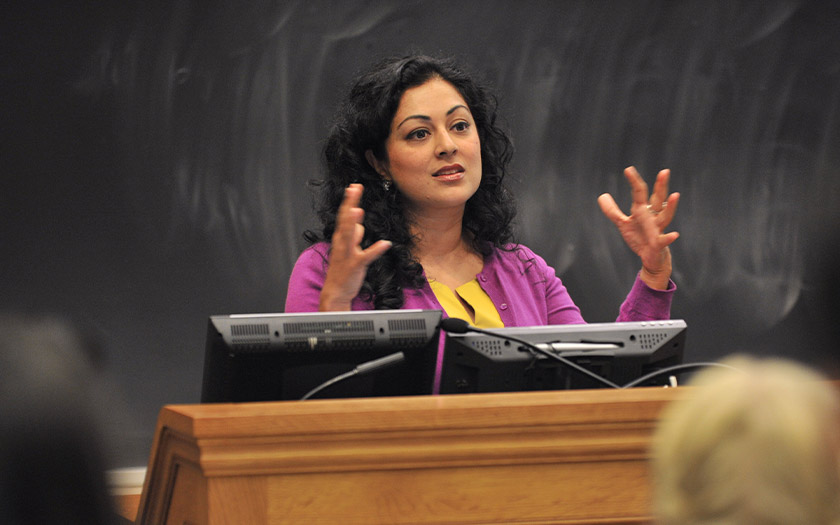
The winner of the 2020 Nobel Prize for Chemistry to the first all-female team for their development of the CRISPR genome editing technique shines a light on both the lack of women at the top ranks of science and technology and on the controversial technique itself. Jennifer Doudna of the University of California at Berkeley and Emmanuelle Charpentier of the Max Planck Institute for Infection Biology in Berlin were named as this year’s laureates, with the Nobel Committee noting, “the ability to cut DNA where you want has revolutionized the life sciences. The ‘genetic scissors’ were discovered just eight years ago, but have already benefited humankind greatly.”
Ford School professor Shobita Parthasarathy, director of the Science, Technology, and Public Policy program, says the award is groundbreaking for women, as less than 4 percent of Nobel Prizes in the sciences and economics have gone to women. “It is an extraordinary achievement,” she says.
That notoriety may shine a public light on the CRISPR technique, which allows for precision splicing of recombinant DNA in a vastly more efficient way, and has shown potential for great benefit across many scientific fields, including curing genetic conditions, like sickle cell disease, or even developing diagnostic tests for COVID-19. However, it also has potential negative consequences. “We need to be sure that we understand the difference between therapeutic uses and mere enhancements, and also the potential for errors,” she says. “Genetic engineering has been around for decades, and this more efficient technique has made it accessible to scientists and technologists, even DIY garage biologists. But there are no significant controls on its usage, anywhere in the world.”
Another controversy has been the debate about the patent on the CRISPR technique, with a team at the Broad Institute of MIT and Harvard contesting Doudna’s and Charpentier’s claims. “The Nobel committee is sending a message that the question of who should get the patent is distinct from the process of scientific discovery,” Parthasarathy says.
With discussion about CRISPR, and gene editing, in the public eye, she hopes it accelerates the development of policies and regulations on its use. “The questions of who gets to use the technique and for what purpose will get more public interest, and can lead to a regulatory framework. We have to think seriously about whether and how it can be used for societal benefit,” she says.
More news from the Ford School